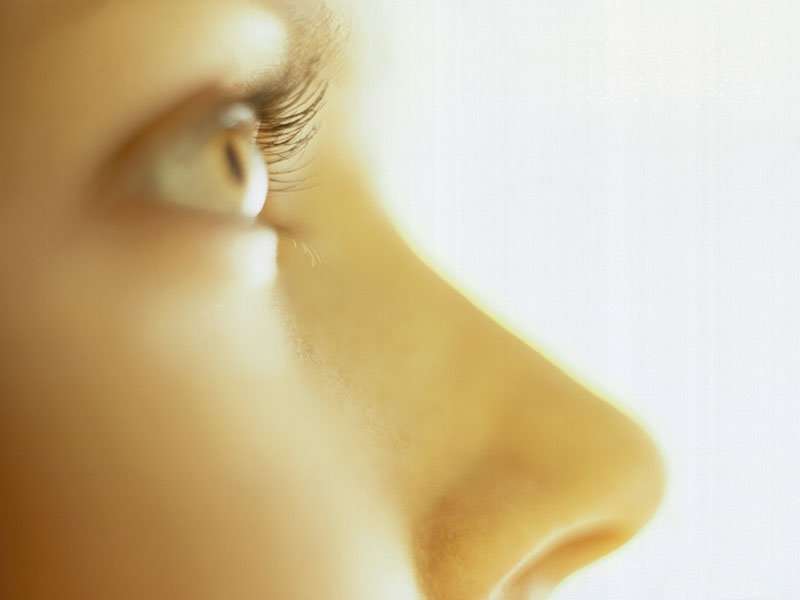(HealthDay)—For patients with chronic rhinosinusitis (CRS), placement of an hourglass-shaped bioabsorbable, steroid-releasing sinus implant improves postoperative outcomes when placed in the frontal sinus ostia (FSO) after endoscopic sinus surgery (ESS), according to a study published online Nov. 2 in JAMA Otolaryngology—Head & Neck Surgery.
Amber Luong, M.D., Ph.D., from McGovern Medical School at the University of Texas Health Science Center in Houston, and colleagues conducted a randomized clinical trial using an intrapatient control design to examine the safety and efficacy of the hourglass-shaped bioabsorbable, steroid-releasing sinus implant. Eighty adult patients with CRS were enrolled and underwent bilateral frontal sinusotomies with one FSO randomized to receive a steroid-releasing implant.
The researchers found that steroid-releasing implants significantly reduced the need for postoperative interventions to 11.5 percent compared with 32.8 percent by surgery alone at day 30 (mean difference, −21.3 percent). In real-time endoscopic assessment, compared with the control side, the treated side had a significant reduction in the need for postoperative intervention, a significant reduction in inflammation score, and a significant reduction in the rate of frontal restenosis or occlusion at day 30. The results favoring the treated side were sustained through day 90. There were no adverse events related to implants.
"The hourglass-shaped steroid-releasing sinus implant was safe and more effective in maintaining FSO patency and improving surgical outcomes compared with surgery alone," the authors write.
Several authors disclosed ties to the medical technology industry, including Intersect ENT, which provided funding for the study.
More information:
Abstract/Full Text
Editorial (subscription or payment may be required)
Copyright © 2017 HealthDay. All rights reserved.




















